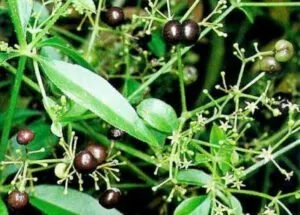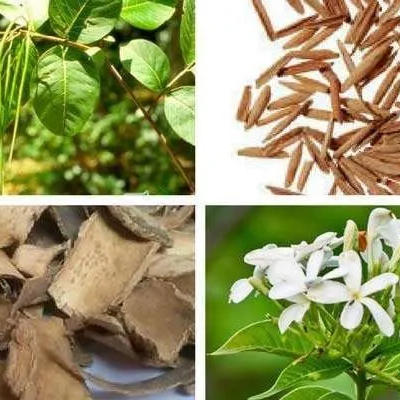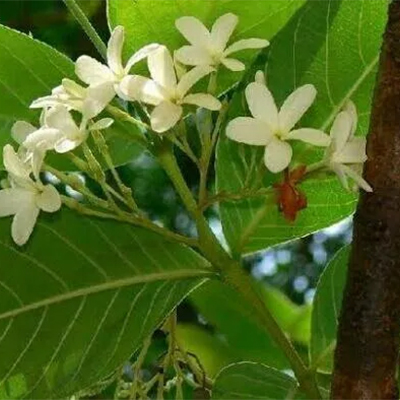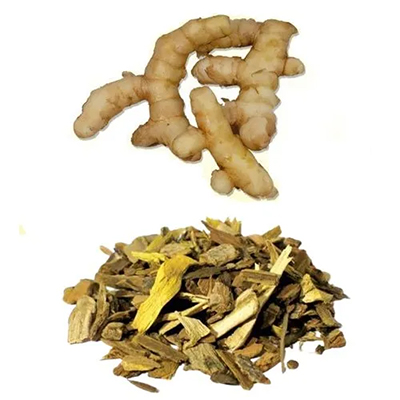On This Page
Manjista – Rubia cordifolia
Introduction
Manjista, commonly known as ‘Indian Madder’ is a deciduous climber with weak flexible stem. It is commonly occurring throughout thc hilly regions in India. The name ‘Manjista’ indicates that it imparts normal colour to the skin as it purifies blood. The word ‘Rubia’ means red, redness alluding to the dye obtained from it and ‘cordifolia’ indicates it’s heart shaped leaves. Manjista is one of the commonly seen plant in India and is widely used in different medicinal preparations. It is common content in many medicines which increase skin complexion.
Dr.Gupta’sIAFA conducted various studies to find out the active phytoconstituents in Manjista and its various actions. The experienced scholars have successfully proven the Blood purifier, Astringent, Diuretic, Anthelmintic, Hemostatic, Uterine stimulant, Antidiabetic, Antitumor, Antiinflammatory, Antioxidant, Neuro protective and Antiallergic actions of Manjista. The experts of IAFA found out that antitumor activity is shown by monoclonal antibodies derived from Manjista. The hydroalcoholic root extract of Manjista is a potent antiinflammatory agent. Antioxidant actions are shown by methanolic extract of this plant. Extract of roots and rhizomes of Manjista shows neuroprotective potential and invivo antioxidant properties. The ethanolic extract of roots of Manjista also shows antioxidant action.
Action of Manjista – Rubia cordifolia in Allergies
IAFA experts are putting continuous efforts to prove the antiallergic property of Manjista. The plant contains manjistin, purpurin, xanthopurpurin, pseudopurpurin, rubifolic acid, rubianin, ruberythric acid, sitosterol, beta scopoletol, fatty acids etc. Thus it is used as an anti allergic and antiinflammatory agent. It also pacifies aggravated Kapha and Pitta doshas. So Manjista as powder or decoction is used against allergic reactions due to Kapha and Pitta dosha.
Vernacular Names
| Native Names | |
| Sanskrit Name | Manjista, Vikasa |
| Hindi Name | Manjit |
| English Name | Indian Madder |
| Malayalam Name | Poont, Manjatti |
| Kannada Name | Manjiste, Citravalli |
| Marathi Name | Manjista |
Botanical Name
Rubia cordifolia
Family
Rubiaceae
Morphology of Manjista – Rubia cordifolia
- A deciduous climber-rvith weak flexible stems.
- Leaves 4 in whorl, two often larger and with longer petioles.
- Flowers less than 1 in diameter, dark recl or pinkish brown in colour.
- Fruits globose, dark purple or black, fleshy, succulent, with red juice.
- Seeds small.
Ayurveda reference of Manjista – Rubia cordifolia

Geographical distribution of Manjista – Rubia cordifolia
Manjista is commonly occurring throughout the hilly regions in India, ascending to 8,000 ft altitude.
Phytoconstituents of Manjista – Rubia cordifolia
The plant contains manjistin, purpurin, xanthopurpurin, pseudopurpurin, rubifolic acid, rubianin, ruberythric acid, sitosterol, beta scopoletol, fatty acids etc.
Parts used of Manjista – Rubia cordifolia
- Root
Dosage of Manjista – Rubia cordifolia
- Powder(churna)- 1-3 g
- Decoction (kwatha) – 60-100 ml
Medicinal Properties of Manjista – Rubia cordifolia
- Sothahara – antiinflammatory
- Varnya – promote skin complexion
- Pramehahara – relieves diabetes
- Vranahara – useful in treating wounds
- Arsoghna – cures piles
- Kushtaghna – useful in skin diseases
- Vishaghna – useful in poisoning
- Jwaraghna – Cures fever

Have A Health Issue?
Consult Online
- Dr. Sahil Gupta (B.A.M.S., M.H.A.)
Ayurvedic Allergy Specialist
CEO & Founder of IAFA®
Home remedies of Manjista – Rubia cordifolia
Ayurveda is widely used system of medicine in India from ancient times itself. It used many herbs that are seen around to treat diseases. Manjista is a commonly used herb in Ayurveda. As it is easily available and of its high medicinal value it is used in treating many diseases like,
- In Freckle (Vyanga) – Manjista root is powdered and triturated with honey to prepare a paste. It is then applied over skin.
- In Diabetes (Prameha) – Decoction prepared from Manjista and Sandal is useful in diabetes.
- In Fracture (Bhagna) – A paste prepared from Manjista and Yastimadhu (Glycyrrhiza glabra) is triturated with sour gruel and applied.
- In Skin diseases (Kushta) – Powdered root of Manjista is mixed with honey and applied.
- In Fever (Jwara) – Decoction is made from root of Manjista and taken.
- In Swelling (Sotha) – Root of Manjista is powdered and made into a paste with sour gruel and applied over swelling.
- As Blood purifier (Raktasodhaka) – Decoction made of Manjista roots are taken to purify blood.
- In Wound (Vrana) – Root of Manjista is made into a decoction and used to wash wounds.
Ayurveda is an Indian system of medicine which is popular from ancient times. It used plants and various plant derivatives to cure diseases. IAFA have been conducting research studies to find out different phytoconstituents of herbs and their action in body. The experienced scholars of IAFA is using this knowledge toprepare medicines and provide treatment facilities safely and effectively.IAFA is the provider of safe and effective treatment for a wide range of diseases, mainly allergic diseases all based on Ayurveda.
Reach IAFA for safe herbal remedies for all your ailments!!!










